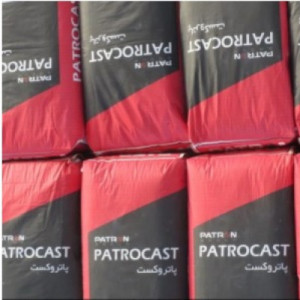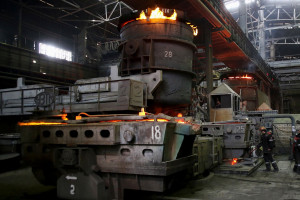| Pat Roshan NIkta |


| Registration Date | 14 Apr 2018 |
| Revision Date | 14 Apr 2018 |
| Share |
Others Other products
RefractorySilicon dioxide
SiO2 Nanoparticle /Nanopowder CAS Number : 7631-86-9Containing nanoparticles within the size below 50 nm and spherical morphology High thermal shock resistance comparing to conventional samples Without cement additives Increment of cold compressive strength by adding silica nanoparticles
This product is refractory castable containing silica nanoparticles which is an alternative to other casting materials in steel factories, cement and petrochemical industries. Significant characteristic of this refractory material is its cold compressive strength depending on the percentage of alumina present in the formulation which can withstand at temperature ranging 1400oC to 1800oC. Refractory castables include silica soils, spinel soils, alumina masses etc. and they are used for refractory purposes in induction furnaces, ladles, tundishes, furnace blocks production and repair of tundish, ladles and furnaces. Refractory castables can be divided into different categories. Conventional, low iron, low cement and insulating are the categories of refractory castables. Each type has its special characteristic and application. The majority of Refractory castables are based on calcium aluminate cements (CACs). Silica colloid (silica sol) is a suspension of amorphous, fine, non-porous and typically silica spheres in a liquid phase. Morphology of these particles is spherical or quasi-spherical and they can appear as individual particles or in limited amount as agglomerated particles. Depending on production method and conditions, particles can have wide or narrow distribution size. The most important role of colloid binders related to in refractory castables is setting process. Colloid particles link together in the form of chains. This process is called gelation.